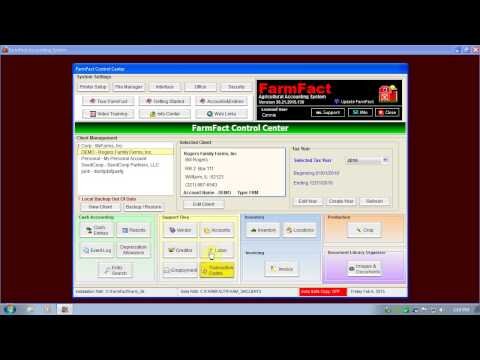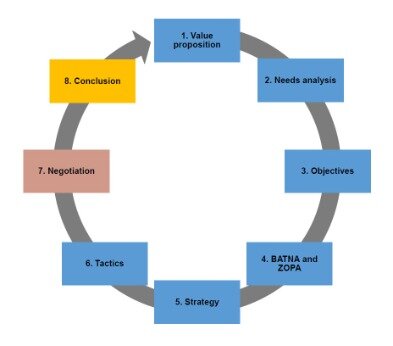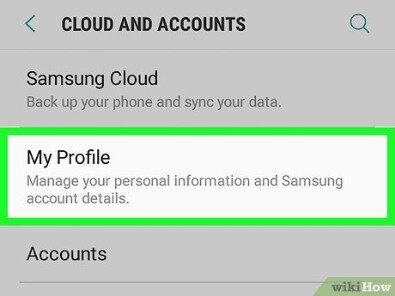NetSuite Applications Suite Creating Intercompany Adjustments for Time and Expenses
Contents:


Properly recorded intercompany journal entries ensure that principals of accounting are followed, and that the business maintains accurate records for its intercompany financial activities. BlackLine and our ecosystem of software and cloud partners work together to transform our joint customers’ finance and accounting processes. Together, we provide innovative solutions that help F&A teams achieve shorter close cycles and better controls, enabling them to drive better decision-making across the company. While you are innovating to produce safe, reliable, and sustainable products and services, our solutions help accounting teams save time, reduce risk, and create capacity to support your organization’s strategic objectives. In the consolidated balance sheet, stop intercompany payable and receivable, purchase, cost of sales, and profit/loss arising from the transaction. Intercompany accounting faces additional challenges as it deals with money that flows across multiple legal entities of a company, often globally.
The write-down will be reflected in that company’s calculation of its income tax provision and thus the tax benefit related to the write-down will be reflected in the standalone entity financial statements. Company A would not recognize profit on the intercompany sale of inventory. Company A would recognize its standalone profit of $240, plus its 60% share of the subsidiary’s $100 income ($60), less the entire income on the intercompany transaction of $40. A “cost company” is a joint venture formed to serve as a source of supply in which the venturers agree to take production of the investee proportionate to their respective interests. This is substantially a cost-sharing arrangement, and the existence of an outside interest does not increase cost of supplies to the consolidated entity.

Real Estate Investors & Developers Overcome complexity by seamlessly consolidating your financials across real estate investments and development projects. CPA Firms & Accountants Say goodbye to manually tracking login info and software versions! Find out how SoftLedger helps your accounting office make work easier.
Manage Multiple Entities
A lateral transaction occurs between two subsidiaries under a common parent company. For example, Subsidiary A provides IT services to Subsidiary B for a fee. The more generic allocation model involves setting a cost per person and allocating that figure to intercompany entities based on the number of people allocated to that entity.
- https://maximarkets.world/wp-content/uploads/2019/03/Platform-maximarkets-2.jpg
- https://maximarkets.world/wp-content/uploads/2020/08/forex_trader.jpg
- https://maximarkets.world/wp-content/uploads/2021/06/platform-maximarkets-4.jpg
Each journal entry includes an exchange rate used to translate general ledger impact from the originating subsidiary’s base currency to the related subsidiary’s base currency. This exchange rate is based on the last day of the period when the adjustment occurred. The parent’s stated intentions used to determine the appropriate tax treatment may also be informative.
Automate Your Accounts Payable
For this reason, the intercompany income elimination is required to be attributed entirely to the parent. Company A would recognize its standalone profit of $240, plus its 60% share of the subsidiary’s $100 income, less the entire income on the intercompany transaction of $40. Automation can also remove the burden of identifying intercompany transactions across multiple ERP systems and ensure that close tasks are completed in the right order and with the appropriate oversight. The business should also have a standard method of extracting the data for intercompany transactions.
Post back in the “Comments” section below if you have more questions. Small business owners who are sloppy with paperwork should not operate corporations in my personal opinion. When it happens, s/he will likely have financial problems for years to come. To avoid problems, communication in any form—email, teleconferences, meetings, and phone calls—is key, she said. Some are capable of managing high volumes and are used in the retail industry. Others are scaled down to provide the same type of service for small companies with fewer transactions.

This new xero review & pricing replaced the Intercompany Payable/Receivable Account for new accounts because the existing accounts were being used by the Intercompany Elimination feature. Still later, NetSuite OneWorld introduced new intercompany clearing accounts for payable and receivable that are not currency locked. All existing currency-locked intercompany clearing accounts (the Intercompany Payable/Receivable accounts) are now child accounts of the new clearing account.
trademarks of Intuit Inc. Terms and conditions, features, support,
This means that the related revenues, cost of goods sold, and profits are all eliminated. The reason for these eliminations is that a company cannot recognize revenue from sales to itself; all sales must be to external entities. These issues most commonly arise when a company is vertically integrated. Cost of sales would have to be reduced by the prior period’s intercompany profit elimination, the effect of which would be attributed entirely to the controlling interest.
If not, there may be an unflagged transaction that needs to be eliminated. Investing in the right technology to support automation is an important step that makes all accounting, including intercompany accounting, more efficient and accurate. Consider the systems already in place and aim to achieve the highest level of integration possible. Protect your technology investment by taking advantage of training and customer service offerings from software providers.
- https://maximarkets.world/wp-content/uploads/2020/08/forex_team.jpg
- https://maximarkets.world/wp-content/uploads/2019/03/Platform-maximarkets-1.jpg
- https://maximarkets.world/wp-content/uploads/2019/03/MetaTrader4_maximarkets.jpg
- https://maximarkets.world/wp-content/uploads/2020/08/forex_education.jpg
- https://maximarkets.world/wp-content/uploads/2020/08/logo-1.png
To better understand the specifics, it’s best to understand journal entries in general. BlackLine provides global product support across geographies, languages, and time zones, 24 hours a day, 7 days a week, 365 days a year. We are here for you with industry-leading support whenever and wherever you need it. Successful transformation requires expert guidance from a trusted partner. Explore offerings that unlock new transformation opportunities and make transformation a reality.
The article above should help you book your inter-https://bookkeeping-reviews.com/ transactions properly … If this were me, I’d break the exercise down into small doable parts. Applying standards across the enterprise can help multinationals meet finance, tax, and regulatory requirements, aiding in the prevention of costly problems.
Intercompany eliminations definition
For example, the parent may have asserted that an intercompany loan will be repaid for tax purposes. This assertion may inform the classification of the intercompany agreement in the carve-out financial statements. Deposits within centralized cash management arrangements represent amounts due from the parent entity to the carve-out business and are typically classified as such.

Learn how to optimize existing processes, collaborate efficiently, and provide more value to your organization. Not all intercompany scenarios involve large, international businesses. For example, a lawn care company may spin off a smaller start-up to develop and sell a new line of grass seeds.
Enable Financial Consolidation
Eliminating the revenue, cost of goods sold or cost of sales, and profits ensures these transactions have no effect on the company’s consolidated financial statements or income tax return. Intercompany transactions must be adjusted correctly in consolidated financial statements to present their impact on the consolidated entity instead of solely impacting the parent or subsidiaries. Understanding how intercompany transactions are recorded in each entity’s journal entries and the result of each entity’s trade is necessary to determine how to adjust intercompany transactions in the consolidated financial statement. Some examples of intercompany transactions and how to account for them will be discussed below. Intercompany exclusions are made to remove the profit/loss arising from intercompany transactions. No intercompany receivables, payables, investments, revenue, capital, cost of sales, or profits and losses are recognised in consolidated financial statements till a transaction realises them with an independent party.
While the parent and subsidiaries need to account for these transaction, they should not be included as profits and losses on the consolidated financial statements. Intercompany accounting is the process of ensuring those transactions are appropriately accounted for at the entity level and eliminated during the consolidation. Journal entries are made on each related party’s books using intercompany accounts, such as “due to and due from” when a transaction arises. Eliminating journal entries are part of the intercompany accounting process and are made when subsidiary financial statements are combined to show the overall financial position of the parent company. When not supported by written agreements, intercompany receivables and payables are reflected in the carve-out financial statements depending on the manner in which they will be settled.
When this happens, the asset and its related depreciation history must be properly transferred. Fixed asset management software makes it easier to track, locate and account for intercompany transactions involving property, plant and equipment. Because multiple parties are involved in intercompany transactions, it’s a best practice to assign accounting system access to the right people in a company, using their roles as a guide. In smaller companies, where employees and owners take on many roles, managing access can be tricky. Nonetheless, ensuring internal controls over intercompany accounting is a key step in preventing errors and fraud. Software controls can flag intercompany transactions, reducing the potential for them to slip through the cracks.
Explore the future of accounting over a cup of coffee with our curated collection of white papers and ebooks written to help you consider how you will transform your people, process, and technology. If you recently attended webinar you loved, find it here and share the link with your colleagues. One of the critical success drivers for any software technology is effective user training and adoption. Whether you are deploying for the first time or creating a sustainable education program for maximum value creation, explore how you can take the next steps to upskill your users.